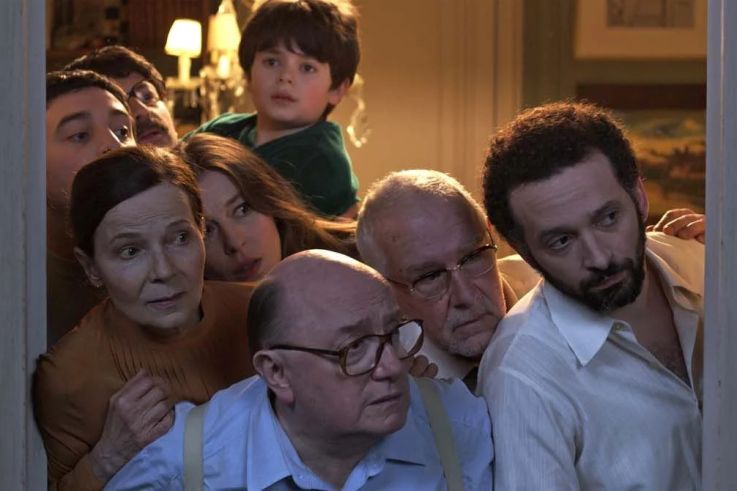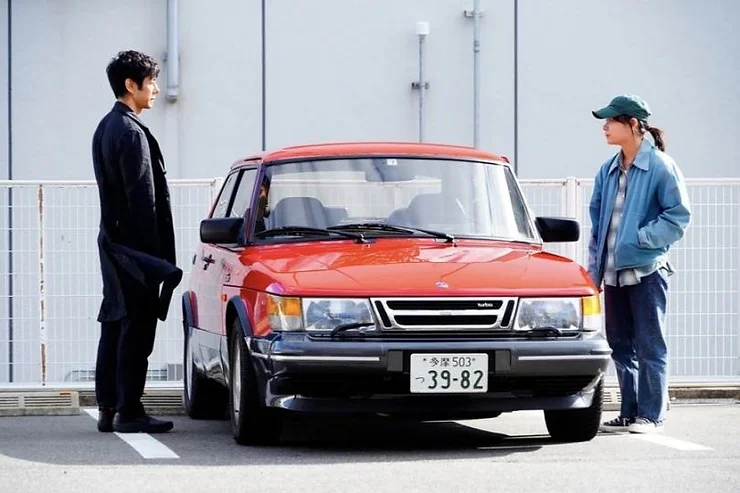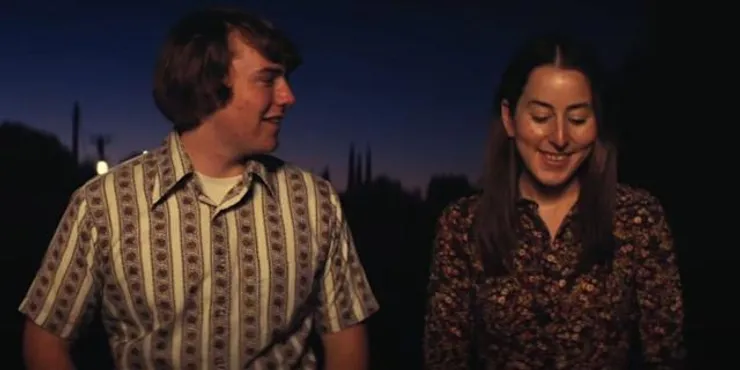The Safehouse (Switzerland, Luxembourg and France, 2025)
Original title: La Cache
Director: Lionel Baier
Screenplay: Lionel Baier and Catherine Charrier, inspired in the work of Christophe Boltanski
Main cast: Ethan Chimienti, Adrien Barazzone, Michel Blanc, Larissa Faber, Aurélien Gabrielli, William Lebghil, Dominique Reymond and Liliane Rovère
Running time: 90 minutes
When the young Boy (Ethan Chimienti) explains that he will tell the story of what he experienced while staying at his grandparents’ house in May 1968, anyone who pays a little attention to world history will be more attentive to the series of protests that took place in Paris that year. Thus, when we are introduced to all the many members of his family and the house where they all live, we realize that humor will soon join a historical drama.

Said and done: the film follows a few days in their lives while all the protests occur outside the small village where they live. As if there were a protective layer that allows them to see the events without actually being affected by them, we see the development of normal actions, such as Grandpa (Michel Blanc) seeking better work in his job as a doctor, morning singing around the house and conversations about the past and about his Jewish origins, remembering that it had not been many years since the end of World War II.
The film has a very high technical level, with fast editing that recalls the Nouvelle Vague, moments when the screen is cut in half to show different scenes in each one, and a cynical humor that manages to aggravate the complicated situation in which they live. There are super synchronized scenes, a good use of the actors in that location that is very important to them, and an art direction that makes it clear that every square meter of that place has its own stories to tell.
Still, on the subject of photography and art direction, the scenes shot in the car are especially fun. In addition to all the dynamics necessary to make the characters fit into the small space, it’s clear that a good part of it is filmed with a background where the streets are projected, but the film itself is aware of its stylization, so that this doesn’t become annoying to the viewer. It doesn’t start from a concept of realism, but rather to tell the memories of the boy left by his parents at his grandparents’ house to protest, and this is adopted as language in a fun way.
What’s most strange about the film is the number of characters it proposes, trying to give important moments to each of them. There are countless narratives being placed without most of them having any development, and this ends up making the film a bit confusing, with an excess of unnecessary information while, for someone less connected to history, there is a lack of importance in the protests of May 1968.
With an ending that certainly leaves the viewer perplexed, but with the heart a little warmer for living with this family, this is a good film to watch with the whole family.
Translated by: Renata Torres




